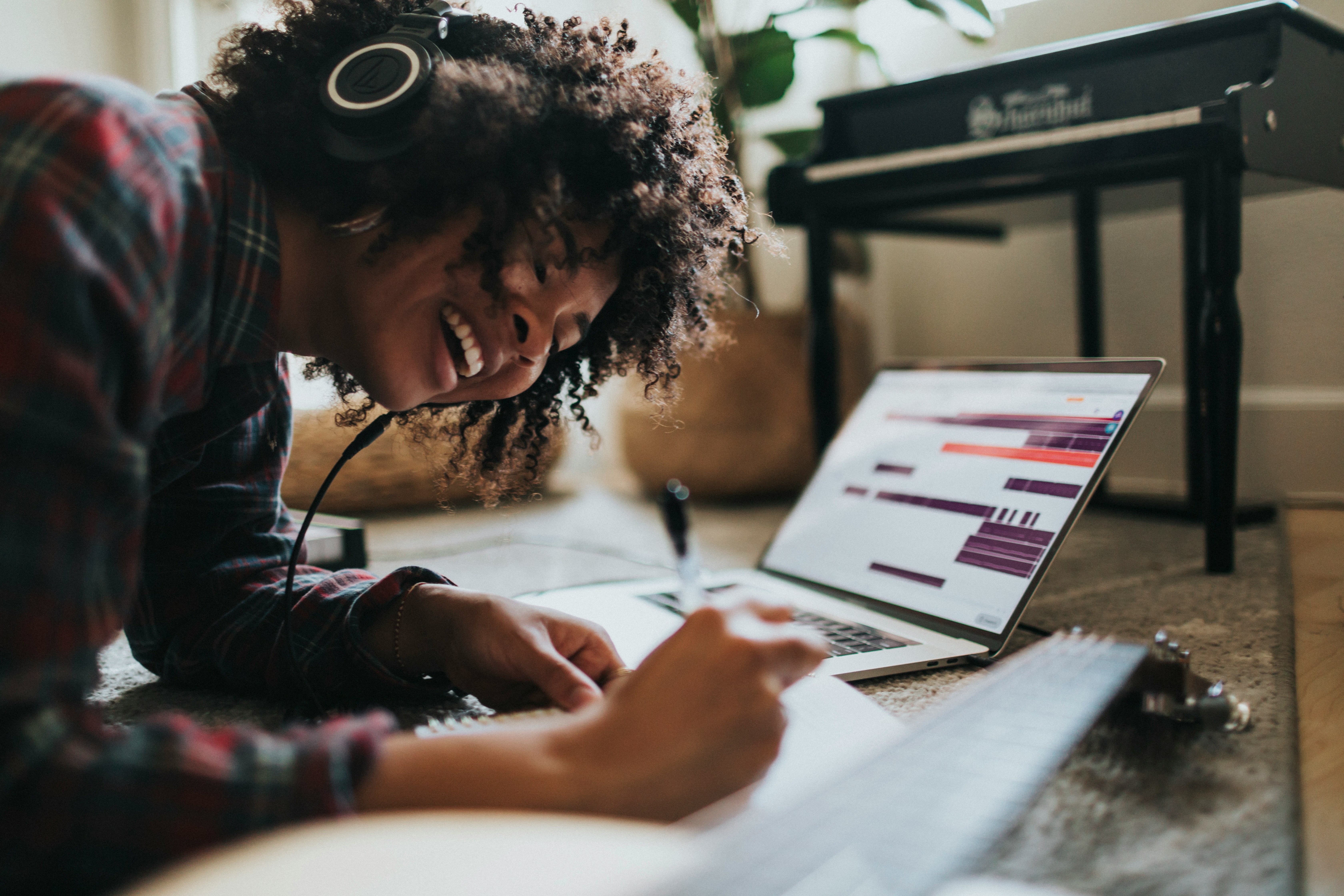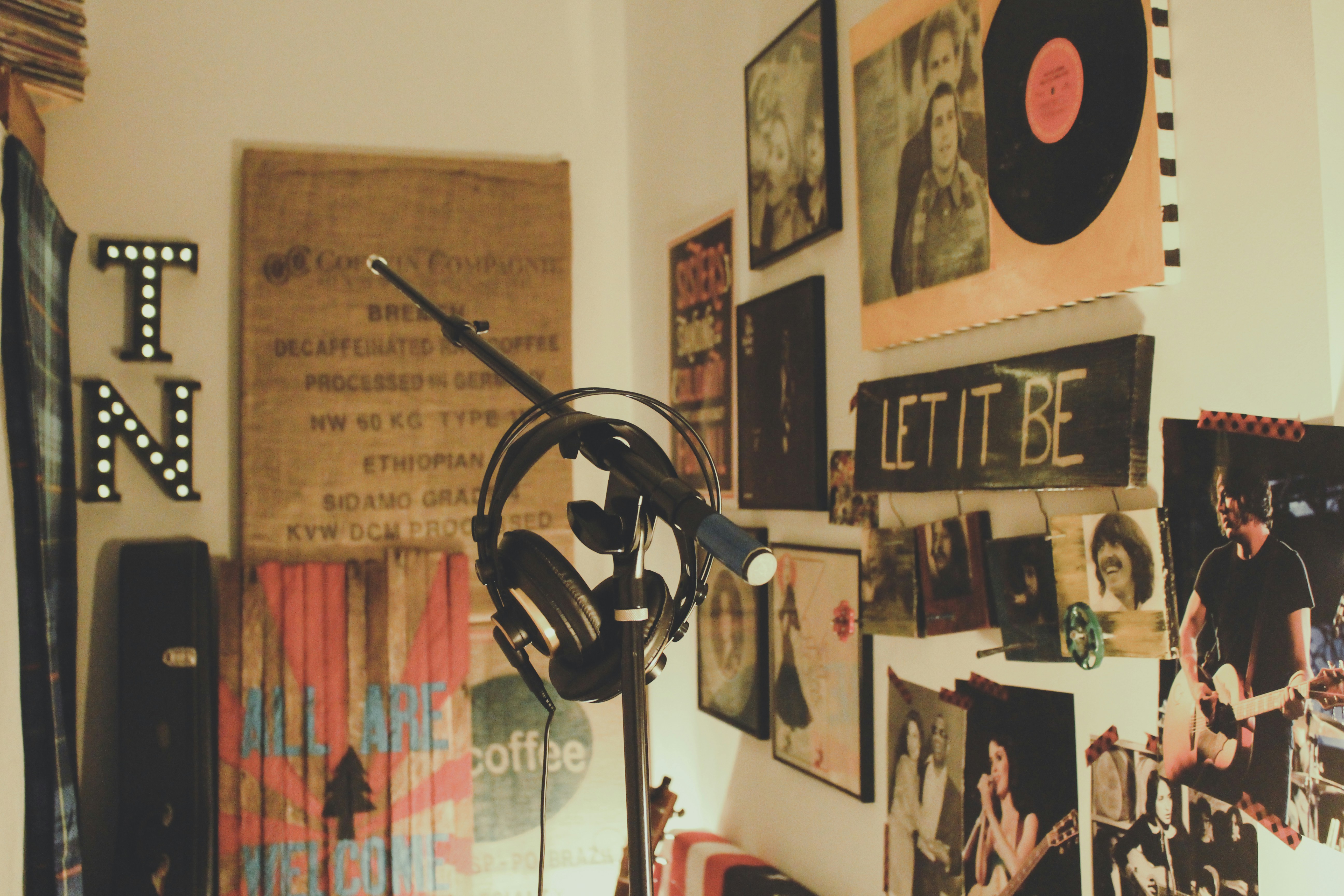How to protect your songs through copyright registration?
Knowing how to register tracks and protect them with copyright is essential.
In this blog post we dive into what copyright is, how copyright protects your music, and practical (and easy!) steps to start registering your tracks today.
Ready to get started? Let’s go!
Why should you protect your music?
There are two main reasons to protect your music through copyright:
You protect your music from theft
You have legal proof that you created your work
To put it simple, registering your tracks provides evidence of ownership which protects you (and your music) in multiple scenarios. For example, if someone steals or copies your work, you have the legal backbone (aka the evidence that the track is originally yours) to take or threaten legal action.
Vice versa, by having legal proof that you created your work, it is more difficult for others’ accusations against you to hold up in court. Such as in the case of you being accused of stealing or copying someone else’s work.
What is music copyright?
In the music industry, copyright law represents the legal rights that a creator holds over their musical creations. Basically, this means you have the exclusive rights to own, distribute, and collect royalties on your music. Others who want to use your music—for sampling, background, playing, or media—must get your permission first.
How to copyright your music?
Step 1: Make a physical copy
It may sound obvious, but making a physical copy of your music is the first step to copyrighting your work. This can look like putting lyrics down on paper, making a vocal recording, or making notes of a melody. As soon as you have a tangible version of your creation, you’ve technically copyrighted your work. Despite this, we’d recommend taking it a few steps further to guarantee you protect yourself and your work.

Step 2: Timestamp your work
Time is an important variable in copyright-- especially in cases involving originality. To prove that your work existed before anyone else’s, you must provide time-stamped evidence. There are a few different ways to do this:
Create a digital receipt
Upload a digital recording of your music or work to an online platform, such as Facebook, YouTube, SoundCloud or Spotify. You can also send yourself an email with the digital file which shows the date and time of your upload.
Go old-school and send yourself a letter
This technique is a bit outdated, yet it is still common practice in the UK. This method involves sending yourself a letter with your musical work inside. You then keep this letter sealed and safe until needed. Beware: this method is no longer acceptable in the US.
Send it to your lawyer
If you already have a music lawyer or attorney, you can send them proof of your work. By doing so, you can receive a dated confirmation of their receival. Of course, always consult your lawyer first to ensure this is a viable option.
Copyrighting your music in the US
If you are in the US, copyrighting takes a bit more formalized approach. You must register with the US Copyright Office to legalize your proof of original ownership.
Step 1: The Application Process
First, you must choose your application category. There are three different types of applications available for artists:
Standard Application:
Used for registering an individual musical work or recording.
Group Registration of Unpublished Works:
Used if the same author(s) created all recordings, and if all are named as copyright claimants. If you have multiple musical pieces you are working on, send them all under one application with this method.
Group Registration of Works on an Album of Music:
Working on an album or collection of songs? Register up to 20 different unpublished musical works or sound recordings, if all belong to the same author and claimant.
After deciding which application type fits your profile best, you must then choose which copyright you are able to collect. There are two types of copyright that relate to musicians and artists submitting musical works:
Type #1: Publishing Copyright
Publishing Copyright involves the ‘musical work’ of a piece. It contains the composition and any accompanying lyrics. Usually, publishing copyright belongs to the songwriter, composer or lyricist. If you fall into this category of copyright, you fill out Form PA (Performing Arts).
When submitting an online application, select “Work of the Performing Arts” under 'Type of Work’. For physical applications, see Form PA.
Type #2: Master Recording Copyright
Master Recording Copyright involves music or performance recorded into a recording medium, such as a CD or digital file. Also known as sound recordings, master recording copyright typically involves the performer, producer or sound engineer. If you fall into this category of copyright, you fill out the Form SR (Sound Recording).
For online applications, select “Sound Recording” under ‘Type of Work’. For physical applications, see Form SR.
If you are both a songwriter and a performer for a work, there are special circumstances where you only need to fill out one form—the Form SR. To read more about the specificities of this situation and if you are eligible, check out USCO’s info form.
Step 2: Pay the Filing Fee
The filing fee for an online application is $35, while the fee for physical applications is $65. To submit a physical application, print out the necessary documents and mail them to the US Copyright Office directly. An online application is simpler and can be completed on USCO’s website.
Step 3: Provide a Copy of your Work
For musical compositions (Publishing Copyright) this can look like providing a copy of sheet music or lyrics. For audio recordings (Master Copyright), the USCO strongly recommends submitting a digital file uploaded through their online registration system.
This upload must be in an acceptable file format and must not exceed 500 MB in size. More of a visual learner? Check out USCO’s step-by-step video guide to completing an application as an artist.
How can I start earning from copyright?
Though it’s not needed, once you officially register your tracks in your name, you can start collecting your earned copyright royalties. You can collect copyright royalties without registering your tracks first, but it is strongly recommended to protect your music first.
There are two types of royalties related to copyright:
Performance Royalties
Mechanical Royalties
We’ve dived into these specifics in our blog post on copyright royalties, but for a quick summary:
Performance Royalties:
Generated each time a song is performed or played in public. A performing rights organization (PRO) can collect these royalties for you in the US. ASCAP and BMI are well-known organizations in the US.
Mechanical Royalties:
Generated every time your work is physically reproduced (that is, on CDs and other merchandise). They are also generated on digital streaming platforms when your music is streamed or bought. To collect mechanical royalties in the US, register with an MRO such as Harry Fox Agency (HFA).
In Europe, copyright collection is simplified. You only need to work with one organization who collects both royalty types. You can work with an IME (Independent Management Entity) such as Bridger; or a CMO (Collective Management Organization) such as SACEAM in France.
These organizations usually charge a fee or take a commission out of your royalties. For free copyright collection, we’d recommend using Bridger.
FAQ:
What music can’t be copyrighted?
The foundations of music composition cannot be copyrighted. This includes chord progressions, drumbeats, or song titles.
If you work with a label...
If you work with a label, they most likely own your copyright to recordings, at least for a specified period. Your record label contract should include information on this ownership.
Using Content ID to protect your music?
Content ID is a way to monetize and protect your music on YouTube and YouTube Music. Authorized and unauthorized uses of your work will generate revenue you can collect. Our partner Jamendo provides Content ID services for independent artists.
What if I collaborated on a track?
If you’ve worked with someone else to produce a musical work, it is important to handle agreements over ownership ahead of time. Deciding how much of a song each contributor will own helps avoid disputes over earnings and rights. Learn more about splitting royalties when collaborating with others.
Share on:
Contracts
8 minutes
09 Aug 2024
Subscribe to our newsletter
Get the best content for creators delivered to your inbox every week.









